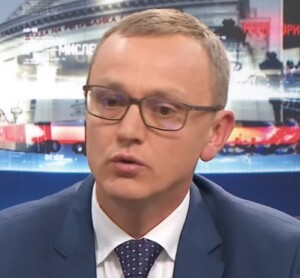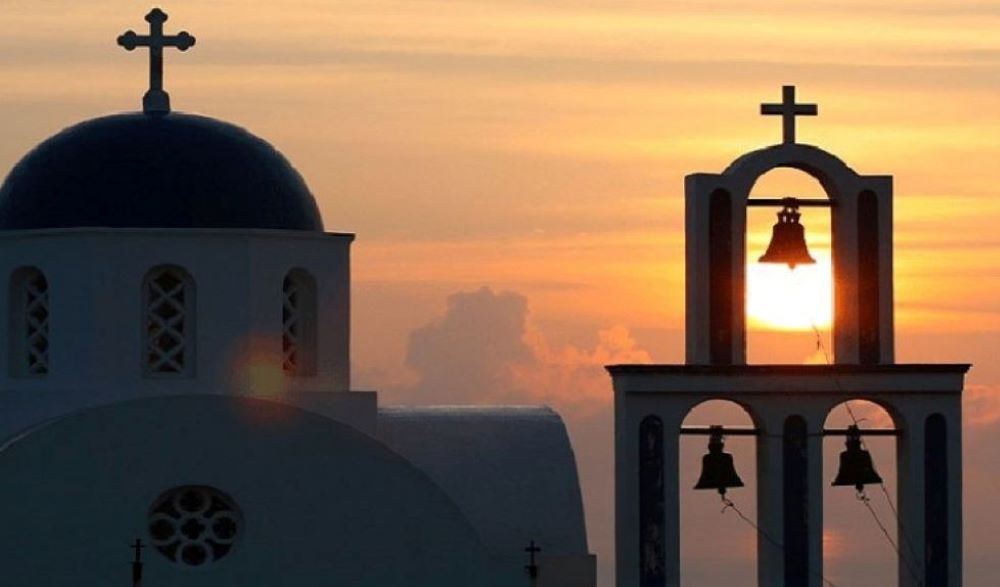Unlike today’s international standards, where due to the concept of separation of state and religious communities, the path of pluralism is open, in Orthodox countries there is a tendency for greater rapprochement (merging) of the state and the church government.

Aleksandar Spasenovski
The visit of the Ecumenical Patriarch Bartholomew to Ukraine, as well as the protests in the Montenegrin city Cetinje against the enthronement of the new Metropolitan of the Metropolitanate of Montenegro and the Littoral of the Serbian Orthodox Church (SOC), Mr. Ioannicius, for the umpteenth time turned the attention to the complex world of relations between the democratic state and the Orthodox Church. These events further increased the interest of the Macedonian public, due to the long-standing non-resolution of the church issue about obtaining the autocephalous status of the Macedonian Orthodox Church – Ohrid Archbishopric (MOC-OA).
In light of the above-mentioned events, the debates on the limits of secularism in the countries where most of the citizens are Orthodox Christians have naturally become more frequent in the public. Having in mind the above, a modest attempt to deconstruct the model of secularism in the mentioned countries is presented in order to further clarify one of the sources for the frequent stirs and misunderstandings.
In countries where the majority of citizens are Orthodox Christians, a contradictory model of relations between the state and religious communities has been developed, which is based on three pillars:
– First, international standards;
– Second, the traditions of the majority Orthodox Christian population;
– Third, the realities of the existing religious landscape.
International standards approach the issue of relations between the state and religious communities in terms of the model of their separation, and they, with the development of modern constitutionality, find their place in the constitutions of Western European countries, as well as in the international documents of the United Nations, the Council of Europe and the European Union. On the other hand, the majority Orthodox Christian population also takes as its model the Byzantine Empire and its system of unity (symphony) between church and state government.
Through the prism of the above mentioned facts, the difference between the two concepts is obvious. Thus, unlike today’s international standards, where due to the concept of separation of state and religious communities, the path of pluralism is open, in Orthodox countries there is a tendency for greater rapprochement (merging) of the state and the church government.
This composition is followed by the reality in which members of other denominations live, as well as atheists, for whom the democratic state also has an obligation to provide adequate democratic guarantees.
Through the example of today’s North Macedonia, this model practically means:
– First, in accordance with international standards, the state and religious communities are separated, which means that the institutions are refraining from interfering in the work of religious communities, but there is also a ban on the involvement of religious communities in matters that are the responsibility of the state;
– Second, the state provides guarantees for the realization of religious freedoms and rights of citizens, in accordance with international standards;
– Third, because of the traditions of the majority Orthodox Christian population, the Orthodox Church, as well as its historical and spiritual heritage, have a primary place in a symbolic sense;
– Fourth, given the heterogeneous religious landscape, the state is building a system that provides guarantees for the free functioning of the Islamic community, the Catholic Church, the Protestant churches, the Jewish community, as well as other smaller religious communities.
From the moment of gaining independence until today, in the periods when the parties of the left govern the institutions, one can notice the efforts for establishing a stronger type of secularism according to which the state develops only one general attitude towards all religious communities. The right-wing parties, on the other hand, strive to establish a softer type of secularism, through which, within the established system, they seek to raise in a symbolic sense the status of the dominant religious community – MOC-OA. On such occasions, the parties of the ethnic communities try to impose, above all, the Islamic religious community, whenever the institutions try to provide such a status to the MOC-OA.
In Macedonia, it cannot be said that there is a consensus between the segments about the ideal ratio of the three factors that determine the model of secularism, which cyclically causes certain misunderstandings and social upheavals over the years. This shortcoming is certainly one of the many reasons for the occasional emergence of similar challenges in the other countries mentioned in this text, and again, puts the democratic capacity of the institutions to the test.
Aleksandar Spasenovski is an associate professor at the Department of Constitutional Law and Political System at the Faculty of Law “Iustinianus Primus” at the University “St. Cyril and Methodius” in Skopje



Leave A Comment